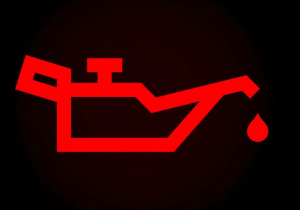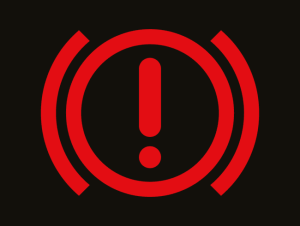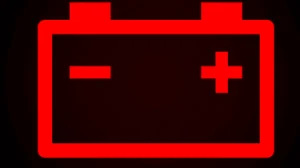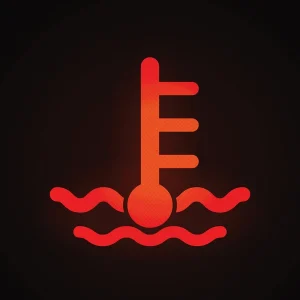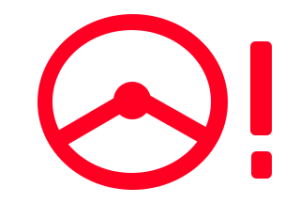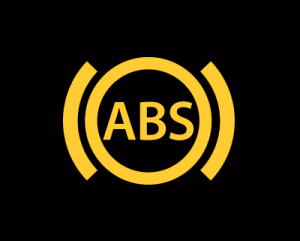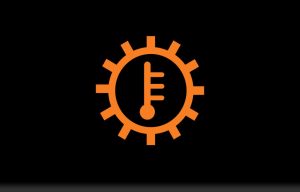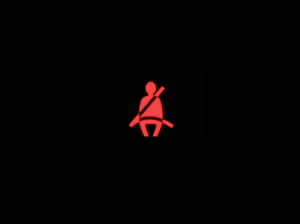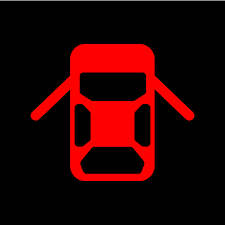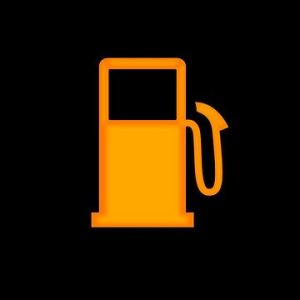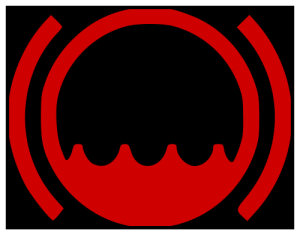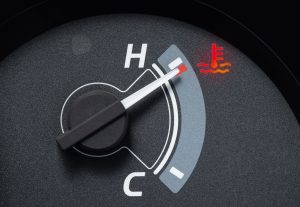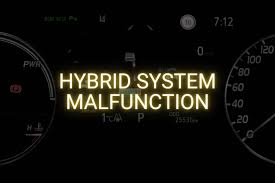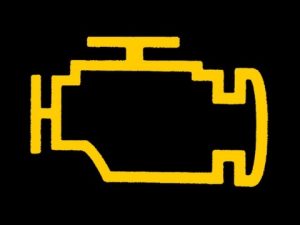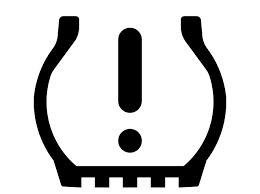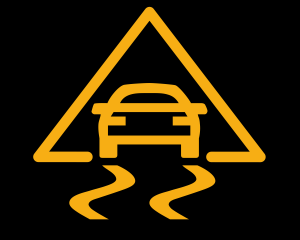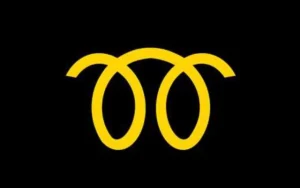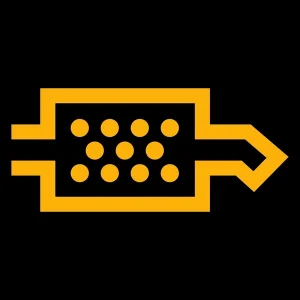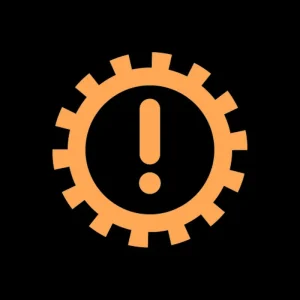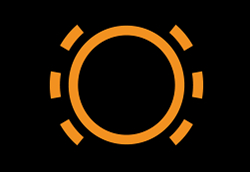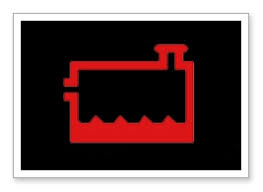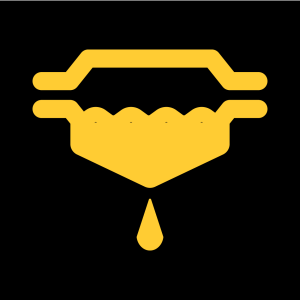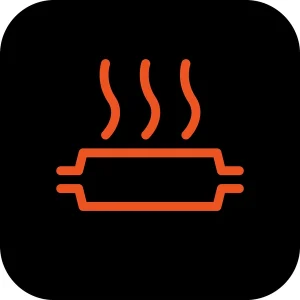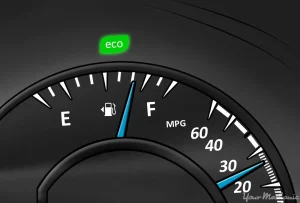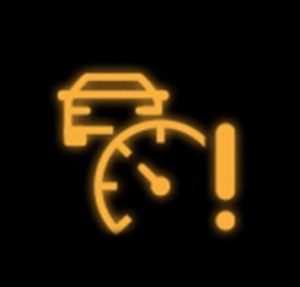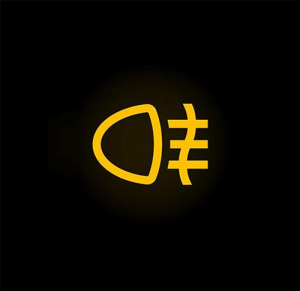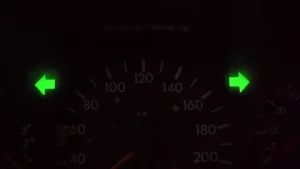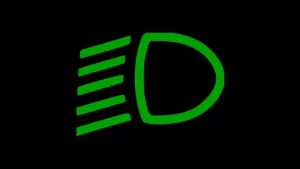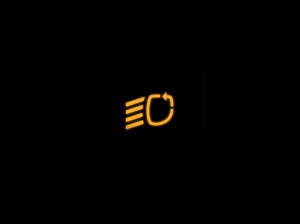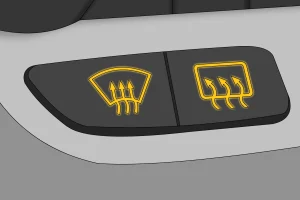Understanding dashboard warning lights in your GWM Jolion is essential for maintaining vehicle safety and preventing breakdowns. These lights alert you to potential issues early, helping avoid costly repairs or accidents by prompting timely action. By familiarizing yourself with them, you can drive more confidently and ensure your car stays in top condition.
Quick Navigation
Red Warning Lights (Stop Immediately)
These lights signal serious problems that require you to pull over right away and seek help to avoid damage or danger.
Engine Oil Pressure
Low oil pressure can cause engine damage from lack of lubrication. Stop the car immediately, check the oil level, and add more if needed; do not drive until fixed.
Brake System Alert
Indicates low brake fluid or a failure in the braking system. Pull over safely and call a mechanic to inspect and repair before driving.
Battery Warning
The battery or charging system is failing, which could leave you stranded. Stop and check connections; get professional help if it persists.
Coolant Temperature
Engine is overheating due to low coolant or a leak. Stop immediately, let it cool, check coolant level, and seek service to prevent engine harm.
Airbag Warning
A fault in the airbag system means it might not deploy in a crash. Stop and have it checked by a mechanic right away for safety.
Power Steering Failure
Steering assist is lost, making the car hard to control. Pull over and get it inspected; could be low fluid or pump issue.
ABS Warning
Anti-lock braking system is not working, risking wheel lockup. Stop and have brakes checked to restore safe stopping.
Transmission Overheat
Transmission is too hot, possibly from low fluid or heavy load. Stop, let it cool, and visit a service center.
Seatbelt Reminder
A seatbelt is unfastened while driving, increasing injury risk. Stop and ensure all belts are buckled.
Door Ajar
A door is not fully closed, which could open while moving. Pull over and secure all doors.
Low Fuel
Fuel level is critically low, risking engine stall. Stop and refuel immediately.
Brake Fluid Low
Brake fluid is below safe levels, affecting stopping power. Pull over and top up or fix leaks.
Engine Overheat
General engine temperature is too high. Stop right away to avoid severe damage.
Hydraulic System Failure
Issue in hydraulic systems like brakes or steering. Stop immediately and call for assistance.
Yellow/Amber Warning Lights (Action Required Soon)
These indicate issues that need attention soon but may not require immediate stopping; address them to prevent escalation.
Check Engine
Engine has a fault like sensor issues or emissions problems. Get it diagnosed at a service center soon.
Tyre Pressure Monitoring
One or more tires have low pressure, affecting handling. Check and inflate tires promptly.
ESP Stability Control
Electronic stability program is off or faulty, reducing traction. Have it checked to restore control features.
Glow Plug
Diesel pre-heat system issue in cold weather; may cause hard starts. Replace glow plugs if light stays on.
DPF Filter
Diesel particulate filter is clogged, needing regeneration. Drive at highway speeds or visit a mechanic.
Transmission Warning
Transmission fluid low or sensor fault. Check levels and get serviced soon.
Brake Pad Wear
Brake pads are worn thin, reducing stopping efficiency. Replace pads soon to avoid rotor damage.
Coolant Level Low
Coolant is below minimum, risking overheat. Top up coolant and check for leaks.
Fuel Filter Warning
Fuel filter needs cleaning or replacement. Service it to prevent engine strain.
Suspension Warning
Air suspension has a leak or fault. Get it inspected to maintain ride quality.youtube
Catalytic Converter
Issue with emissions system. Have it checked to avoid performance loss.
Green Indicator Lights (Information Only)
These provide status updates and do not require action; they confirm systems are active or normal.
Eco Mode
Eco driving mode is engaged for better fuel efficiency. No action needed; it’s optimizing performance[46 from ].
Cruise Control On
Cruise control is active, maintaining set speed. Monitor road conditions.
High-Beam Headlights
High beams are on for better visibility. Switch to low beams when approaching traffic.
Front Fog Lights
Front fog lights are activated for low visibility. Turn off when not needed.
Rear Fog Lights
Rear fog lights are on to alert following vehicles. Use only in poor visibility.
Turn Signals
Direction indicators are flashing for turns. They auto-cancel after maneuver.
Side Lights On
Parking or side lights are active. Ensure they’re off when parked to save battery.
Dipped Beam Headlights
Low-beam headlights are on. Standard for night driving.
Automatic Wipers
Auto windscreen wipers are engaged based on rain sensor. No manual adjustment required.
Hill Descent Control
System is active for controlled downhill driving. Use on steep slopes.
Winter Mode
Winter driving mode is on for better traction in snow. Switch as needed.
Adaptive Lighting
Headlights are adjusting automatically. Improves visibility around corners.
Speed Limiter
Speed limiter is set to cap maximum speed. Adjust via controls.
Parking Assist
Sensors are aiding parking maneuvers. Follow on-screen guides.
Rear Window Defrost
Defroster is clearing rear window. Turns off automatically after time.

